As technology advances, the gear soldiers use to survive on the battlefield and accomplish their missions becomes more sophisticated.
As the epicenter of all things soldier gear, Program Executive Office-Soldier works with Army laboratories, research and development commands to deliver ready-to-field kit to troops, with gear ranging from soldiers’ boots to advanced targeting and night vision.
Army Times spoke with experts at PEO Soldier ahead of this year’s Association of the U.S. Army’s Annual Meeting and Exposition in Washington, D.C, about some of the more high-tech equipment they’re developing and fielding.
Black Hornet
The Army has fielded more than 5,000 Black Hornets, also called the Soldier Borne Sensor system, across the force since 2019, according to Michael Alexander, assistant program manager for the sensor.
The short-range reconnaissance device is a minidrone, a palm-sized helicopter that troops can use to conduct a quick reconnaissance or peek inside a building.
Soldiers with the 1st Battalion, 508th Parachute Infantry Regiment were one of the first operational units to deploy with the minidrone when they took them to Afghanistan in 2019, Army Times reported.
The Army has focused on fielding the devices to infantry brigade combat teams and some support units such as explosive ordnance disposal, officials said.
The service recently awarded a production agreement for a Phase 2 version of the minidrone, which is expected to increase its flight endurance and performance while offering more sensor payload options.
The original device had an estimated 25-minute flight time and could travel 1,000 to 1,500 meters. FLIR Systems won the full $40 million contract in 2019.
The new platform will also be able to operate in day and night scenarios. The current version has two different drones, one for day and one for night, Alexander said.
If Phase 2 developments are successful, officials expect to begin fielding the upgraded minidrone in the summer of 2025.
Laser Target Locator Module II
The Laser Target Locator Module II, or LTLM II, is a smaller, lighter version of its predecessor that dismounted soldiers use for targeting data regardless of weather conditions.
Paratroopers with the Airborne and Special Operations Test Directorate and the 82nd Airborne Division tested the new version of the device in 2018 as the Army sought to reduce the load on dismounted troops.
Since completing testing, the service has fielded 6,000 systems, said Mauricio Martinez, assistant program manager for the LTLM.
Those systems have gone to cavalry scouts and infantry platoons within the Army’s brigade combat teams, officials said. Ultimately, the service expects to acquire 12,464 LTLM II systems.
The Army began fielding a version of LTLM that uses M-code, a military-specific GPS system that is more resistant to jamming. The code is the navigation code standard for many new military systems, as traditional GPS is too vulnerable to rely on in a peer fight.
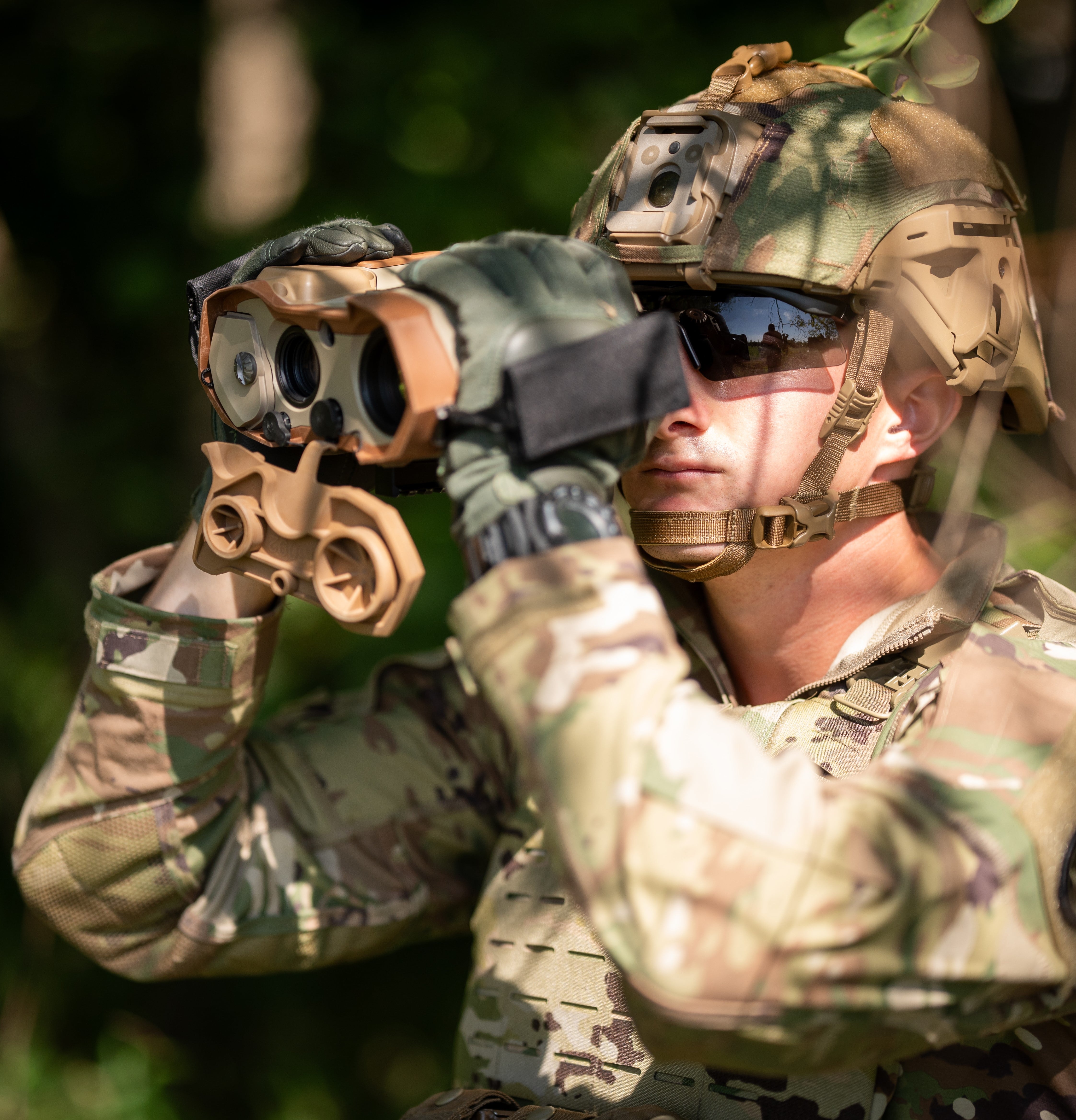
Joint Effects Targeting System
The Joint Effects Targeting System, or JETS, is a man-portable, handheld target observation, location and designation system for day or night use in all weather conditions.
The system works with the LTLM for rapid target acquisition and strikes. The system also contains a laser marker module and a precision azimuth vertical angle module.
Prior to the system’s fielding, dismounted soldiers could take an average of 15 to 20 minutes to locate, identify and send targeting information to a shooter.
With JETS, soldier can now do the same tasks in a couple of minutes, experts said.
The existing system weighs less than 19 pounds, about half the weight of its predecessor. Soldiers can use the 6-pound handheld portion of the device to mark targets.
The Army began fielding JETS with the 75th Ranger Regiment in July 2020, Martinez said. The service has fielded 278 systems, with another 498 on the way.
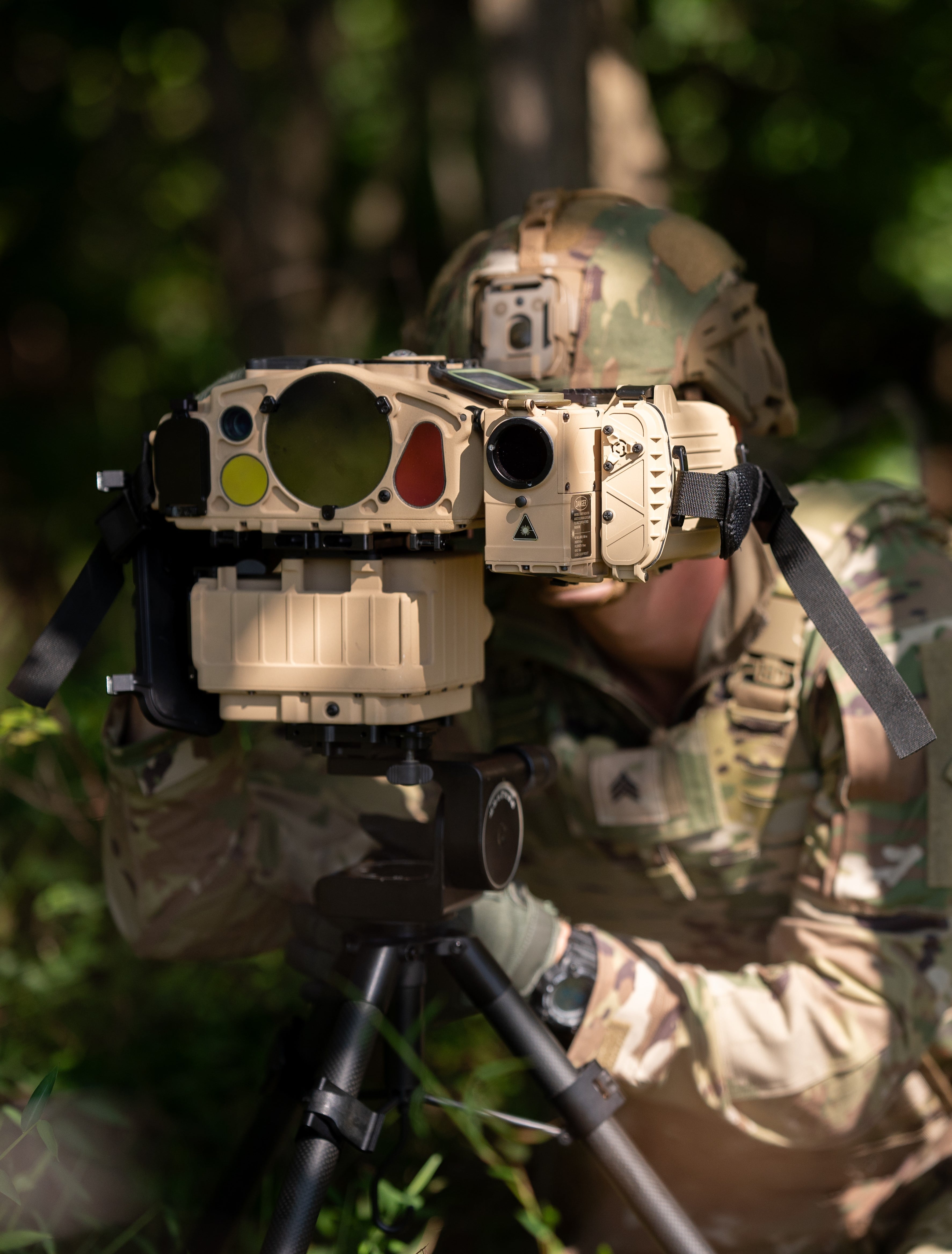
PEO Soldier is continuing to improve the product. The office began an effort in 2023 to further reduce the module’s size and expects to award a low-rate initial production contract to industry ahead of a company selection in fiscal 2026, officials said.
That version, JETS II, will also be M-code compatible, experts said. Elbit Systems of America and Leonardo DRS are currently competing for the contract.
Once JETS II is ready for prime time, the Army expects to finish fielding the total 3,550 sets it has planned for the force.
STUB Battery
As any soldier who’s operates the Army’s many electronic systems knows, it seems like each one has its own type of battery.
The Army is working to address the challenge posed by the variety of military equipment battery types. One part of that project is the Small Tactical Universal Battery, or STUB, program.
The Army announced research into such a solution in 2021. The U.S. Army Combat Capabilities Development Command’s C5ISR Center is developing prototypes of the battery.
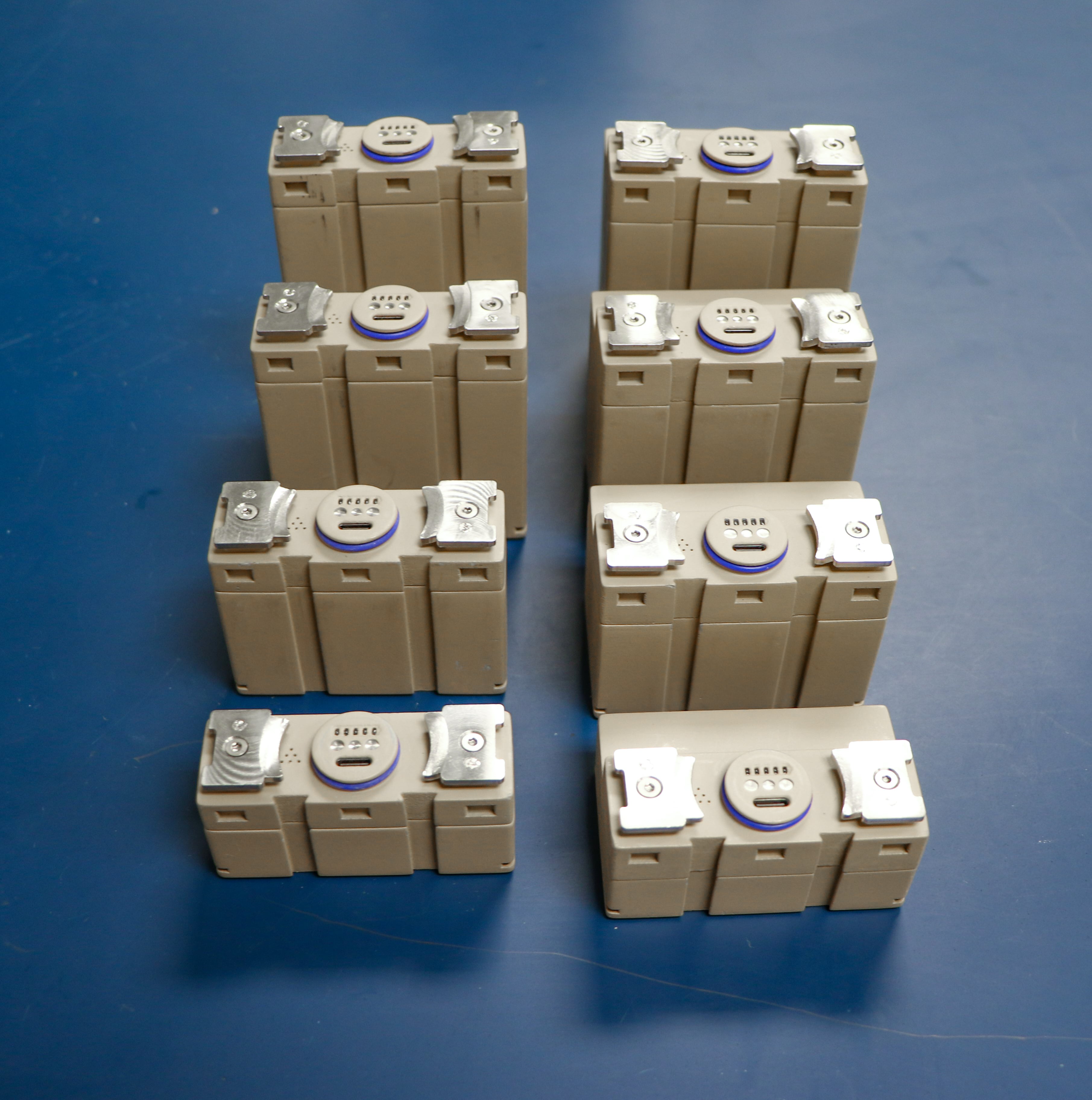
If those prototypes are successful in testing, the Army could begin fielding these universal batteries as early as fiscal 2025, officials said.
PEO Soldier is also looking at recharging options and power management, which falls in a related but separate effort called the battery hub project. The service is currently reviewing two commercial options for the hub project, according to Kevin Chu, a systems engineer on the PEO Soldier power team.
Nett Warrior
The Army has fielded about half of the Nett Warrior smartphone-based soldier tools to the force so far.
The Android software-run device operates on a Samsung Galaxy S20 phone. The phone is typically mounted on the user’s chest for quick reference to mapping tools, chat functions and other situational awareness needs.
In 2023, the Army Software Factory, part of Army Future Command, began adding soldier-built and Army-reviewed applications for use on Nett Warrior through its Watchtower “app store.”
Those items, such as an app for planning fields of fire in a fighting position or medical first aid steps, put a problem-solving tool in soldiers’ pockets.
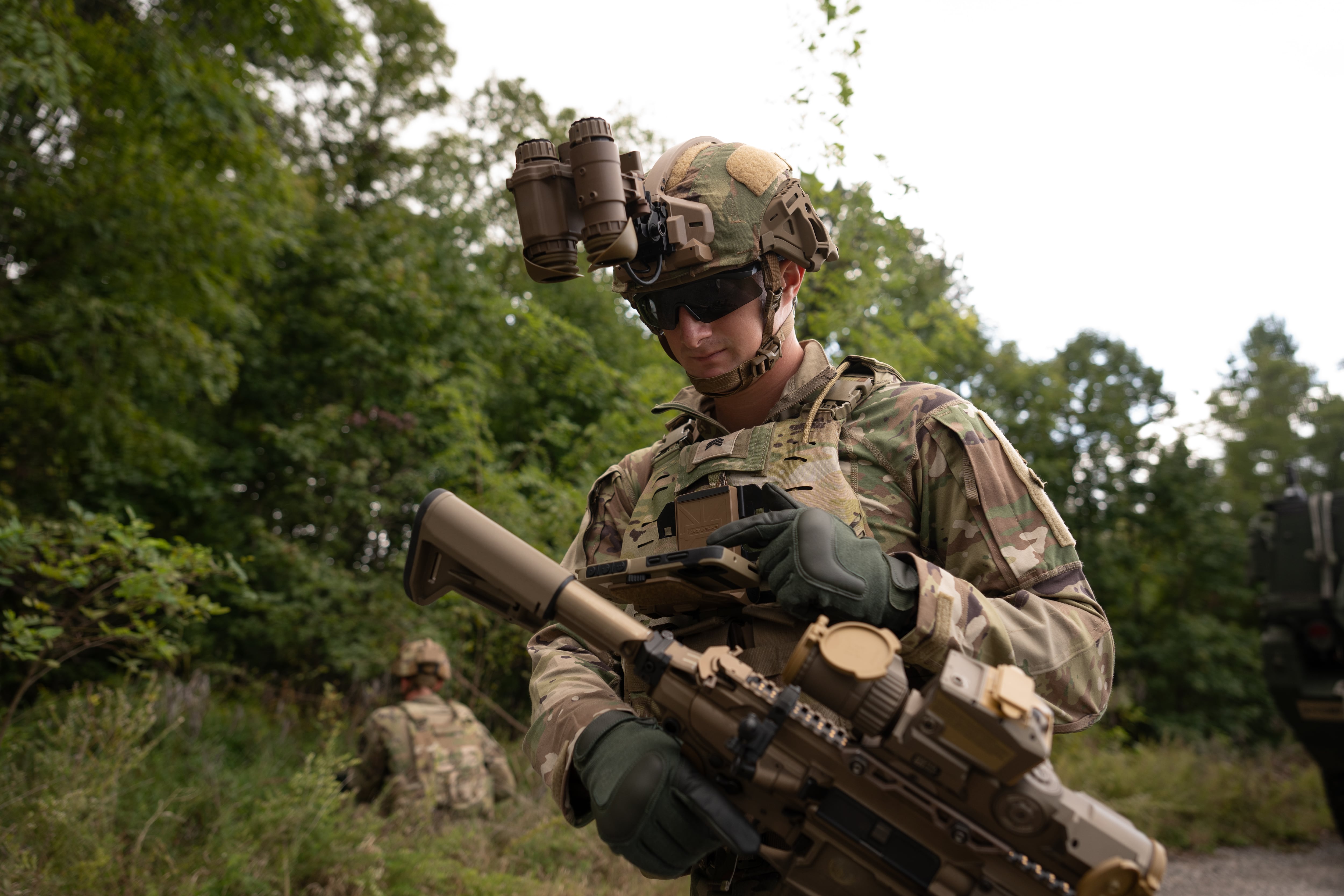
PEO Soldier is currently working to reduce the power demands of the system, saving battery life and extending operations.
The development team is also continuing work on improving the device’s connection to drone feeds and other gear to extend the awareness of the user.
As PEO Soldier begins fiscal 2025, it testing the newer Samsung Galaxy S23 tactical-edition smartphone as the next end-user device for Nett Warrior, said Maj. Adam Arnold, assistant program manager for Nett Warrior.
Enhanced Night Vision Goggle-Binocular
The Enhanced Night Vision Goggle-Binocular, or ENVG-B, is the first widely fielded Army binocular night vision device.
For decades, front-line soldiers simply had to deal with the depth perception problems presented by monocular devices.
The Army fielded some early systems in recent years but started the ENVG-B program of record — meaning the gear will be supported as part of Army maintenance, inventory and sustainment — in September 2023.
Since then, the service has fielded an estimated 4,000 systems to three infantry brigade combat teams, according to Maj. Jessica Rolshouse, assistant program manager for ENVG-B.
In November, Rolshouse said, the Army has scheduled for half, or 2,000, of those fielded units to come offline for upgrades. Those will return to the brigade combat teams in 2025 with an extended, rechargeable battery that can operate for up to 20 hours. Currently, the system can run for under eight hours, or less than three hours while connected to Nett Warrior software.
Small Tactical Optical Rifle Mounted and Improved Night/Day Observation Device
For snipers, the holiday season might bring some gifts a little early.
That’s because PEO Soldier expects to field its Improved Night/Day Observation Device, or INOD, to close combat troops starting in December, said Maj. Taylor Macci, assistant program manager for the Small Tactical Optical Rifle Mounted and Family Weapons Sights-Sniper.
The newest version of the INOD has already reached special operations forces snipers. The device mounts in front of the existing Small Tactical Optical Rifle Mounted, or STORM, optic on the Precision Sniper Rifle to give shooters a thermal capability.
With the thermal INOD device, shooters can see through smoke, fog and even some light barriers to find their target’s heat.
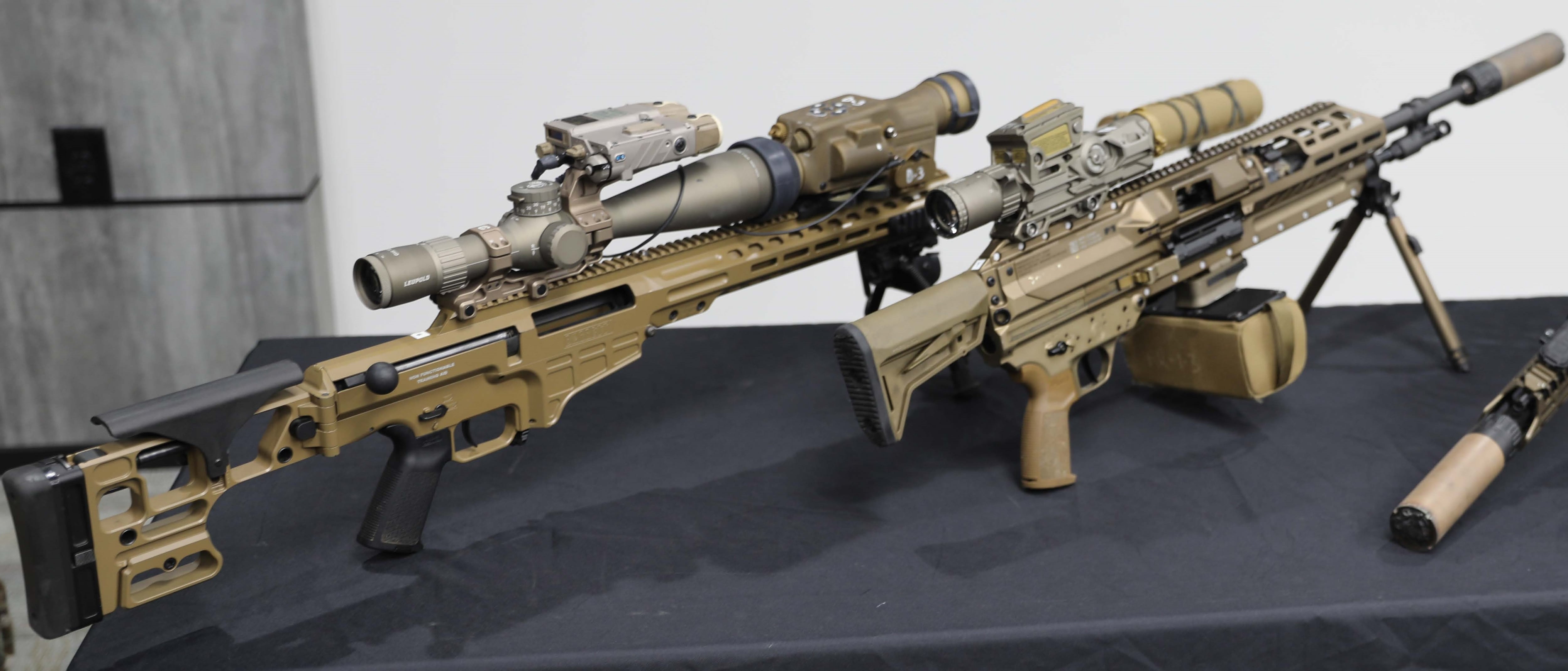
PEO Soldier is also upgrading STORM to the STORM II version, which allows shooters to receive ballistic information direction into their view in the rifle’s scope. Like INOD, STORM II is slated for a December fielding.
Otherwise, shooters would have to take their eye off the target to check a separate device for that information. The atmospherics matter because shooters need to adjust fire based on wind, temperature, humidity and other factors.
Moving the eye from the scope matters because searching for the target, which may have moved, again slows snipers’ ability to engage a target and quickly move before being targeted themselves.
The STORM device adds a little less than a pound to the rifle.
The Army currently plans to field at least 6,000 STORM II systems and 3,000 INOD systems across the force.
Todd South has written about crime, courts, government and the military for multiple publications since 2004 and was named a 2014 Pulitzer finalist for a co-written project on witness intimidation. Todd is a Marine veteran of the Iraq War.
Read the full article here

